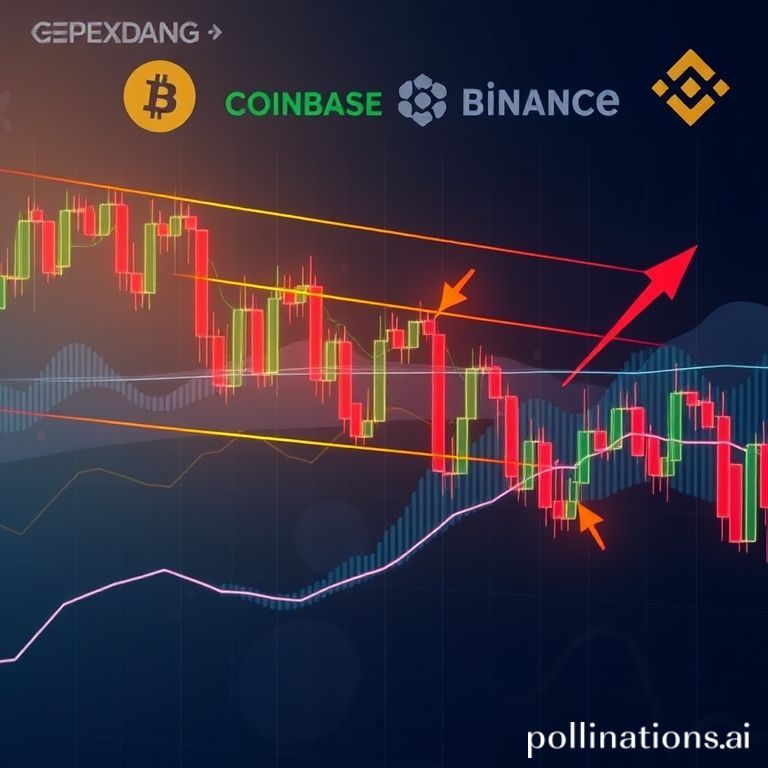Crypto Market Analysis: Current Trends, Key Support and Resistance Levels

This analysis reviews current crypto market trends, explains how to identify and trade key support and resistance levels, and recommends combining technical indicators with liquidity and on-chain metrics for better risk management.
In this comprehensive analysis, we examine the prevailing crypto market trends, identify principal support and resistance levels, and highlight the drivers that could shape price action in the coming weeks. Traders and investors should consider a combination of technical factors—such as moving averages, volume profiles, and momentum oscillators—alongside macro liquidity and news flow. Exchanges like Company Coinbase and Company Binance continue to influence liquidity and order flow, while institutional custody solutions and on-chain metrics add context to longer-term positioning.
Trend analysis currently shows a market that oscillates between consolidation and episodic momentum surges. When price action approaches established resistance zones, volume patterns often determine whether a breakout is sustainable. A high-volume breakout above resistance typically signals buyer commitment and can attract further momentum traders, while a breakout on thin volume is more likely to fail and revert to previous ranges. Conversely, when price tests significant support levels with declining volume, the probability of a sustained rebound increases as sellers lose conviction.
Key technical levels to watch are commonly defined by previous swing highs and lows, moving average clusters (for example, the 50-day and 200-day moving averages), and Fibonacci retracement zones from recent impulsive moves. Traders should monitor how price interacts with these levels: rejection candles and volume spikes near resistance imply supply dominance, while bullish engulfing patterns with rising volume at support indicate demand strength.
Volatility and liquidity remain central to short-term risk management. Periods of low volatility often precede sharp directional moves; therefore, tightening ranges can be read as setups for imminent breakouts. Liquidity pockets—areas where large orders are concentrated on order books at particular price points—act as magnets for price and can create rapid moves when absorbed. Market participants should keep an eye on order book depth on platforms such as Company Binance and derivatives funding rates reported by major venues to gauge leverage and directional bias.
Macro and on-chain considerations complement technical setups. Macro events—ranging from central bank announcements to regulatory statements—can alter risk appetite across crypto markets. On-chain signals, including exchange inflows/outflows and large wallet movements, provide transparency into supply changes and potential selling pressure. For example, sustained outflows from exchange wallets often correlate with accumulation and can support higher price floors.
Strategy and risk management: traders should size positions based on the proximity to clear support and resistance zones and use stop-losses that account for typical volatility. For longer-term investors, layering entries around proven support with staggered buy sizes can reduce timing risk. Consider hedging options or reducing exposure ahead of major macro events to mitigate tail risk.
In summary, a balanced approach that combines technical discipline, monitoring liquidity conditions on major exchange venues, and paying attention to macro and on-chain indicators will provide the best framework for navigating current market dynamics. Key levels—both support and resistance—will continue to define price behavior, and participants who respect those levels while managing risk proactively are more likely to achieve consistent outcomes.
Click to trade with discounted fees